Adelaide Festival of Arts 2016
The two high-profile theatre productions featured at this year's Adelaide Festival – the National Theatre of Scotland's imaginative and engaging account of the life and times of the three King Jameses, The James Plays Trilogy (★★★★), and Romeo Castellucci's mostly impenetrable take on, supposedly, some aspects of the life of Moses, Go Down Moses (0 stars) – could not have been more different in their dramaturgy or the treatment of the relationship between stage and audience.
In some respects, director Laurie Sansom and playwright Rona Munro's approach to presenting an interlocking series of unfamiliar historical incidents and scenes in three plays, ranging over a period of almost one hundred years, might be considered conventional: they use an established dramaturgy, which, while owing something to the writer's experience in television drama (Doctor Who, Casualty, Bumping the Odds), also honours the theatre's approach to a narrative of political sweep and personal intensity. But the staging is throughout a model of clarity, intensity, colour, and, yes, dramatic urgency.
Continue reading for only $10 per month. Subscribe and gain full access to Australian Book Review. Already a subscriber? Sign in. If you need assistance, feel free to contact us.




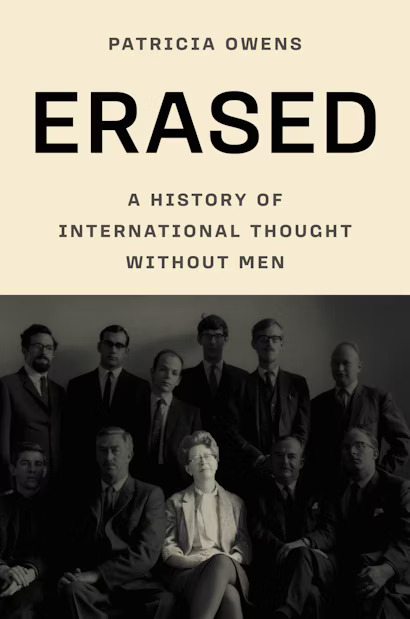
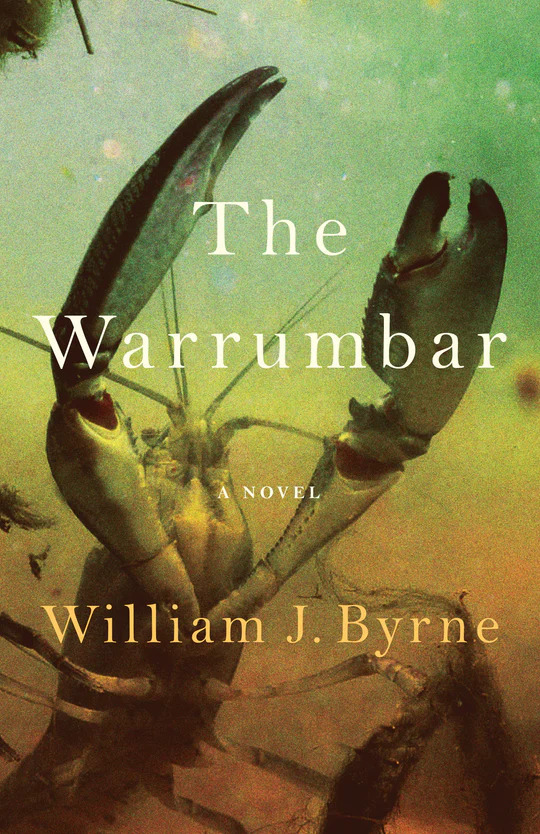
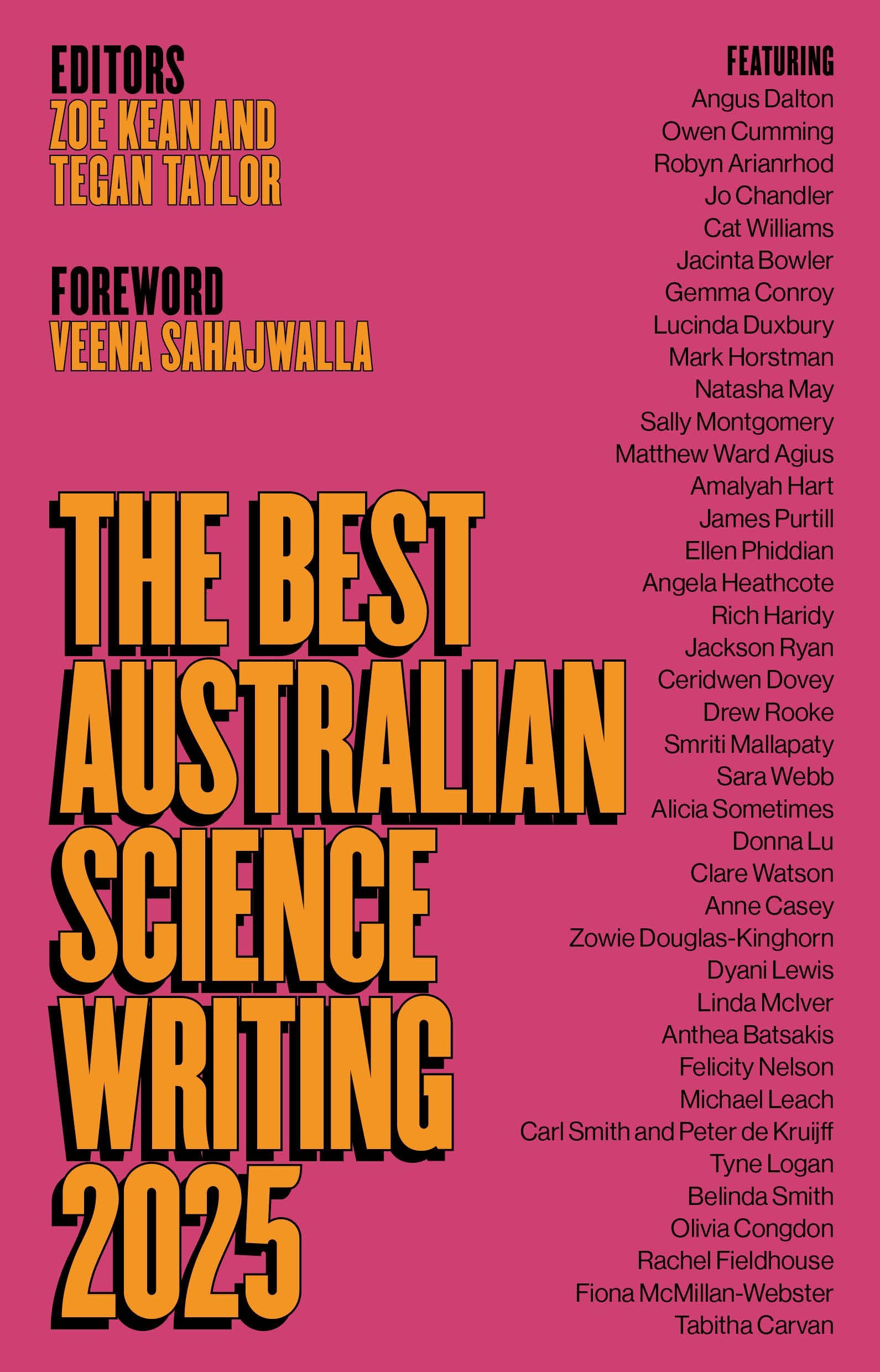
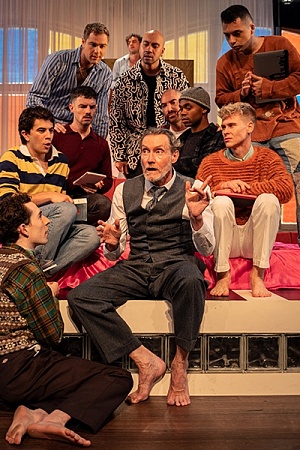
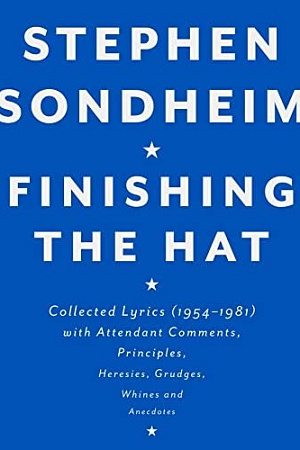
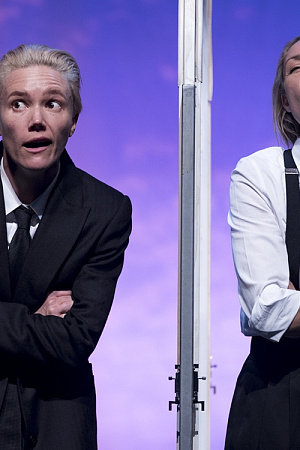
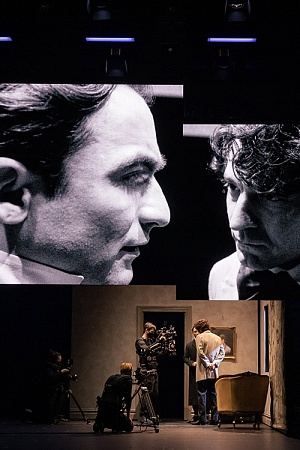
Leave a comment
If you are an ABR subscriber, you will need to sign in to post a comment.
If you have forgotten your sign in details, or if you receive an error message when trying to submit your comment, please email your comment (and the name of the article to which it relates) to ABR Comments. We will review your comment and, subject to approval, we will post it under your name.
Please note that all comments must be approved by ABR and comply with our Terms & Conditions.